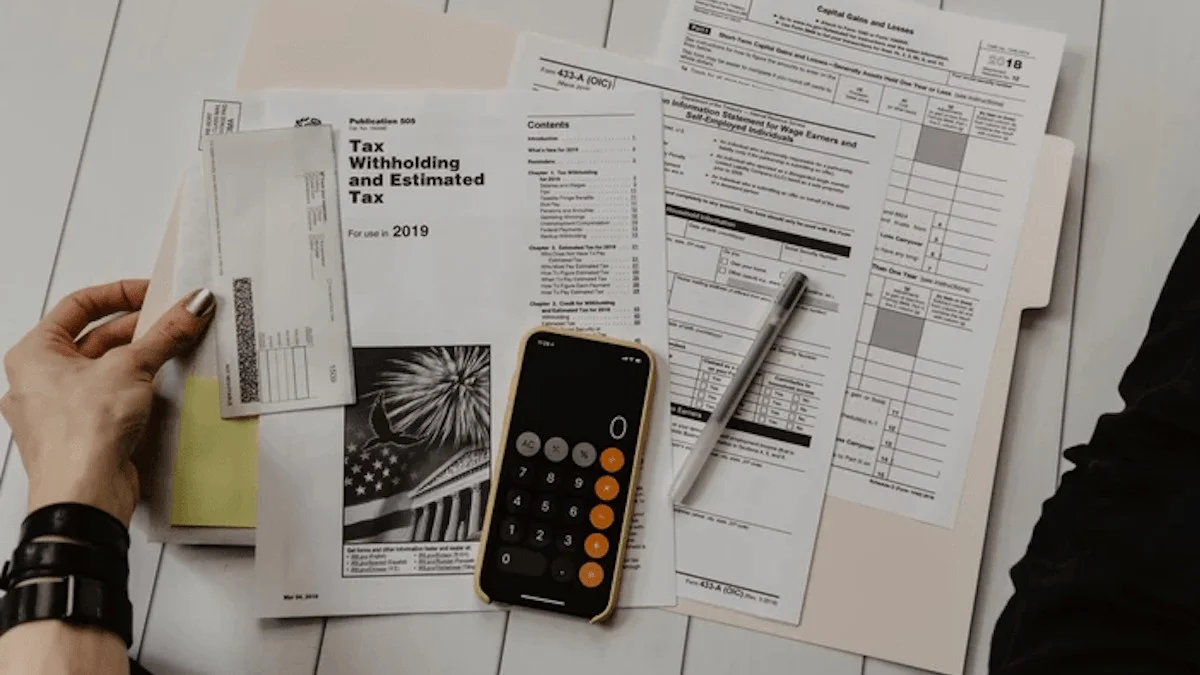There was a frenzy of activity recently as the Pandora Papers hit the news networks, and media outlets ran with the latest exposé on the financial secrets of billionaires, politicians and prominent figures from around the world.
Many of the secrets revealed were not in themselves illegal but they shined a light on some questionable behaviour, and showed how New Zealand can be exploited. An exploitation which occurs because of the ease with which you can set up opaque structures via New Zealand, which is further exacerbated by the lack of a beneficial ownership or trust register.
For a long time New Zealand has been seen as a desirable place to do business – desirable not only because of our expertise but also because we are naïve, easy, and open to exploitation. With Pandora being yet another paper highlighting our failings, what’s next? When are we going to get all aspects of our AML compliance sorted so we can help prevent this exploitation?
Here we shine our own light on AML compliance programmes and what Pandora has shown us.
5 ingredients of an AML compliance programme
A robust programme can help with some of the issues highlighted by Pandora but we may need to go beyond the basics. Every compliance programme should at least cover the following elements:
1. Create a customer due diligence framework
Customer due diligence is the cornerstone of AML compliance and it builds up your understanding of your client base – supporting your broader KYC processes..
It is important to get this right to ensure you are applying an appropriate level of CDD checks on your customers.
2. Commit to compliance
Identifying risk
Show how you handle risks and approach customer due diligence. Document how you identify material change in the nature or purpose of a business relationship with customers.
Know your customer
Show what customer information you use to conduct CDD and how you verify that information. Document the process you use to determine what type of CDD needs to be carried out (do you need to do standard, simplified or enhanced customer due diligence), and demonstrate how you incorporate CDD into your onboarding and account opening process.
If you do have to carry out enhanced customer due diligence on a client, show how you’ll obtain information on their source of funds and/or source of wealth and how you would establish whether a customer or beneficial owner of a customer is a Politically Exposed Person (PEP).
Allocate roles and train staff
Show how your senior management approves establishing and continuing business relationships with a PEP, and show how your staff are trained and well-informed to deal with CDD processes and understand AML definitions such as ‘beneficial owner’.
3. Record findings
Ensure your programme has policies and procedures in place to properly examine and store findings on any activity that might be related to money laundering. This includes ‘complex or unusually large transactions and unusual patterns of transactions with no obvious economic or lawful purpose.’
Also state in your programme how you will ‘monitor, examine, and keep written findings relating to business relationships and transactions with countries that do not have or have insufficient AML/CFT systems in place.’ These activities may be high risk so you should detail what additional measures you take if dealing with these countries.
And don’t forget to detail how you will go about reporting suspicious incidents to the FIU. This should include aspects such as; how to complete suspicious transaction reports; who is responsible; and how staff will determine whether or not they need to complete a suspicious transaction report.
4. Conduct regular reviews
Review your programme regularly and ensure you have an audit every three years. This will help identify any weaknesses in your programme, areas for improvement and the overall effectiveness of your programme.
5. Have a well-informed compliance officer who has sufficient support
AML compliance can be a tough, time-consuming job so ensure your compliance officers and managers have all the support they need to carry out AML compliance requirements correctly and have been well trained to do so.
Make sure you document this training, stating the scope and nature of the training, what tasks can only be carried out by trained staff, how you apply training, the frequency of training, how training is tailored, how employees are assessed, and how you track completion of training.
Vetting is required for all employees whose roles involve AML/CFT tasks or duties, including the compliance officer and senior managers. These vetting policies and procedures must also be documented in your AML compliance programme.
The steps above outline the minimum requirements of an AML compliance programme, but, Pandora has shown current legislation is not enough. Compliance doesn’t just have to be about ticking a box to keep the regulators happy, we can ensure we carry out our programmes with vigour so we do more than ‘tick that box’ but actually do what’s right to protect against money laundering in NZ.
Pandora: reigniting the flame which Panama and Paradise started
First there was Panama, then there was Paradise, now there is Pandora – what will be the fourth P?
With each new leak of papers, a new weakness in our AML compliance is exposed. Panama revealed you don’t have to know who is putting money in a trust in New Zealand. This was no big secret but this along with favourable tax laws and a sterling reputation meant channelling money through New Zealand trusts was an attractive option for foreign investors whether they be reputable or not.
The John Key government responded with a change in rules which saw more disclosure obligations being required from people setting up and benefiting from trusts. These obligations meant personal details needed to be shared and the filing of tax returns was required. These changes helped but didn’t really get to the guts of things.
The Paradise Papers followed Panama in 2017 and continued to demonstrate tax havens whilst not illegal, a lack of disclosure rules allowed for secrecy which prevented us from knowing whether tax havens were being used for legal (if questionable) tax reasons or for illegal activity like money laundering.
Roll on to 2021 and Pandora is the latest ‘P’. We really shouldn’t be surprised. Despite changes in New Zealand it is still seen as an easy place to set up a business or a trust – there is no reason not to use the NZ trust structure. After all, you don’t have to register a trust, and there is no need to register the ultimate beneficial owner – it’s pretty easy. Great for inclusion but if systems aren’t robust it allows for a weak link and exploitation.
So, what will be the fourth P?
As a result of the Pandora Papers New Zealand made it onto a top 10 list nobody wants to be on – ’10 countries that urgently need to act’ – courtesy of Transparency International. This labels us as an ‘enabler’ as our trust regime allows assets to be sheltered whether these assets be from legitimate means or not.
We might not know what the fourth P is going to be but evidence from preceding papers suggest we are a facilitation point for money laundering whether we like it or not. So, unless things change, we’re likely to be having the same debates about NZ trust structures and money laundering when the fourth ‘P’ makes its debut.
Going beyond the rules of compliance
New Zealand has historically been slow to react as we have existed in a bubble for a long time but we have the opportunity to set the groundwork so we don’t continue as a facilitation point.
A statutory review is happening now, and the FATF is reviewing Recommendation 25 which outlines ‘transparency and beneficial ownership of legal arrangements’ for trusts, but in the meantime the door is still open for exploitation.
So, what can we do while we wait for law changes? Well, take a stance. It is each and every business’s decision to go beyond regulatory requirements. It has become the responsibility of the private sector so embrace it, and do our best to go above and beyond to comply. Continue using robust AML compliance frameworks, but dig a little deeper. If a trust is involved ensure you understand the beneficial ownership structure – who owns the company and who owns the trust?
Remember, you may not be able to easily identify owners as New Zealand doesn’t require people to register a trust and there is no requirement to show an ultimate beneficial owner register, so you may have to work hard to get this information.
A robust compliance programme can help with not allowing fake folders but make sure you are asking the right questions. For example: Who is the professional trustee?
We can all do our bit to help stop New Zealand being a safe haven for money laundering so let’s not wait for law changes – yes, we need law change to help us more easily gain visibility of ownership but we can all go that little bit further to ensure we understand the true ownership and controllers of trusts.
Read more from Alice Tregunna in ‘Your time is up: AML fines & penalties will become more commonplace in NZ if we don’t raise our game.’




